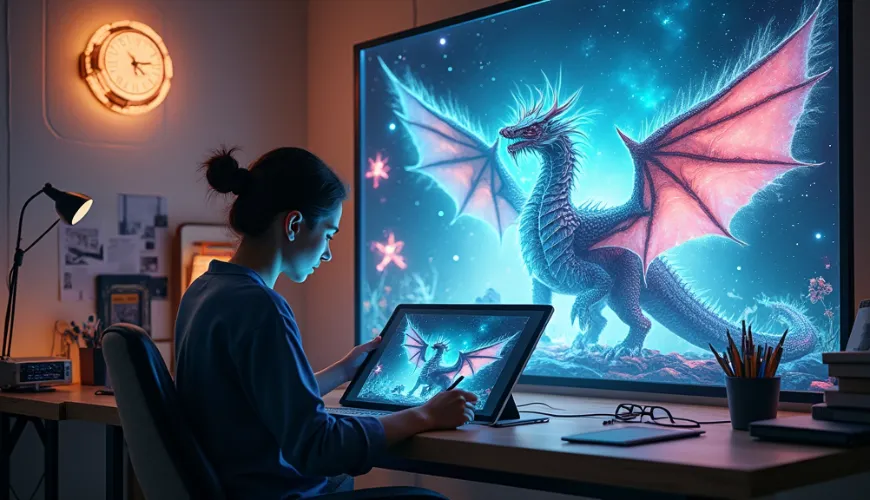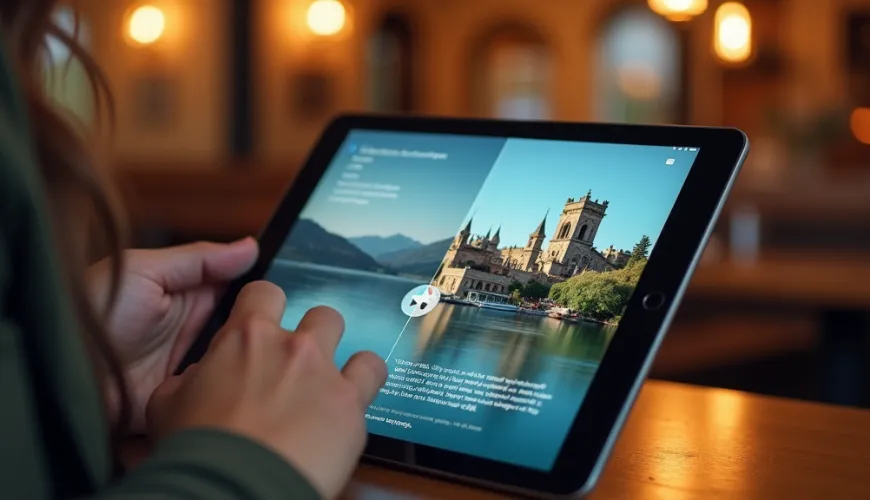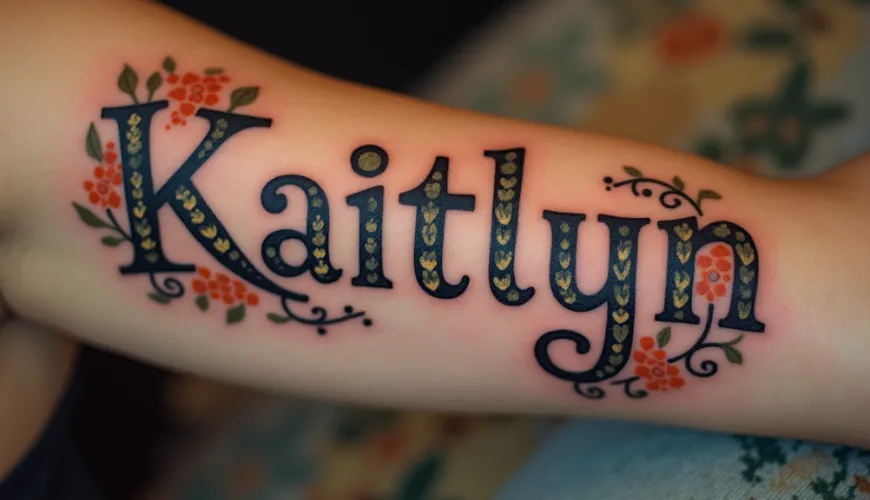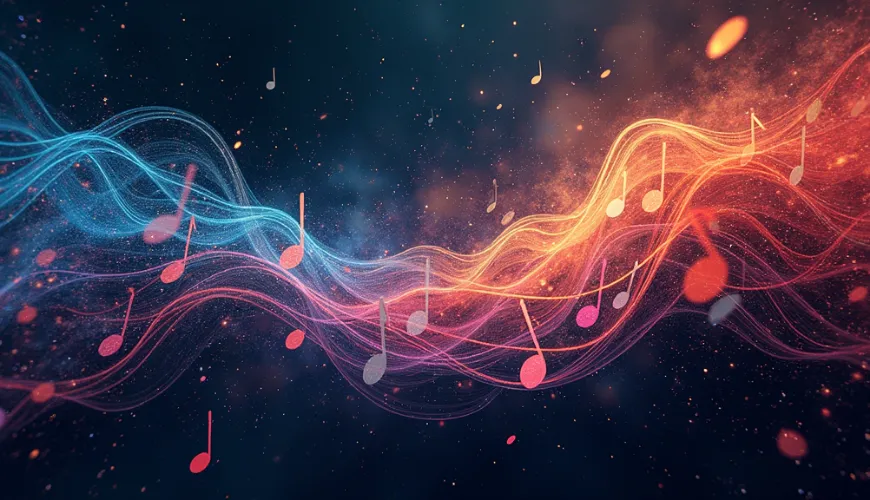Unleashing Imagination With AI Fantasy Art
In recent years, AI fantasy art has emerged as a groundbreaking movement, blending powerful algorithms with human creativity to produce vibrant, otherworldly visuals. These tools are transforming how digital artists, game designers, writers, and fans of fantasy worlds bring their visions to life. Whether you're a seasoned professional or a curious hobbyist, understanding how AI is reshaping fantasy art can open up new dimensions in your creative journey.
What Is AI Fantasy Art?
AI fantasy art refers to the use of artificial intelligence to create imagery that falls within the fantasy genre. This includes depictions of mythical creatures, enchanted landscapes, magical artifacts, and surreal characters. With the help of modern machine learning models, artists can generate entirely new worlds with just a few prompts or sketches.
Unlike traditional methods that require deep technical skills or hours of manual effort, AI-powered tools make it possible to generate high-quality fantasy art in seconds. These models are trained on millions of images and can understand artistic styles, lighting, texture, and themes commonly found in fantasy literature and media.
Why AI Fantasy Art Is Gaining Popularity
The rise of AI fantasy art is not just a trend—it reflects a broader shift in how art is produced and consumed. Here are some reasons behind its explosive growth:
- Accessibility: You no longer need to be a professional illustrator to create stunning visuals. AI makes fantasy art accessible to writers, game developers, and everyday fans.
- Speed: What once took days or weeks can now be accomplished in minutes.
- Customization: Users can fine-tune outputs to match specific themes, moods, or narratives.
- Inspiration: AI-generated images can serve as creative prompts or concept art for larger projects.
How AI Fantasy Art Works
At the core of AI fantasy art are deep learning models trained on vast datasets. These models use techniques such as generative adversarial networks (GANs) and diffusion models to generate original images based on textual or visual prompts.
For example, if a user types "a sorceress standing on a cliff with a dragon in the sky," the AI interprets this prompt and generates an image that captures the essence of this scene. The more detailed the prompt, the more refined the output tends to be.
Some platforms also allow users to upload sketches or base images. The AI then enhances and transforms these into fully realized artworks, embedding the fantasy elements requested.
Real-World Uses of AI Fantasy Art
The applications of AI fantasy art are vast and growing. Here are some real-life scenarios where it's making a big impact:
Game Development
Small indie studios often lack the budget for a large art team. AI tools enable them to create high-quality fantasy landscapes, characters, and assets for in-game use. For instance, a game developer can generate multiple concept designs for a magical forest or an enchanted sword within a few minutes, cutting down pre-production time.
Book Covers and Illustrations
Fantasy authors, especially those self-publishing, use AI art to design captivating book covers and chapter illustrations. With the right input, AI can produce high-resolution images fit for print or digital use.
Tabletop RPGs
Dungeon Masters and tabletop RPG enthusiasts use AI tools to design custom maps, character portraits, and scene illustrations. This adds depth to storytelling and helps players visualize complex fantasy worlds.
Social Media Content
Fantasy-themed content consistently performs well on visual platforms like Instagram and Pinterest. Creators use AI to generate shareable images that resonate with fans of fantasy genres like high fantasy, dark fantasy, or steampunk.
Tips for Creating Stunning AI Fantasy Art
To get the best results in AI fantasy art, start by being descriptive in your prompts with vivid adjectives like "glowing” or "celestial.” Experiment with different styles—such as "Studio Ghibli” or "oil painting”—to shape your visual aesthetic. Enhance accuracy by uploading reference images, and refine creations through multiple generations rather than settling for the first output. For added depth, combine separate images for backgrounds and characters using editing tools to achieve layered complexity.
The Ethics and Limitations of AI in Fantasy Art
While AI offers exciting possibilities, it's essential to consider the ethical dimensions of its use. Some artists argue that AI models are trained on datasets containing copyrighted works without consent. Others worry that AI could devalue traditional artistry.
However, many view AI as a complementary tool rather than a replacement. It democratizes creativity and enables more people to participate in artistic endeavors. As long as users are transparent and respectful of original sources, AI can be a positive force in the creative ecosystem.
It's also worth noting that AI tools are not perfect. They may misinterpret prompts or create images with anatomical inaccuracies, especially in complex scenes. Human oversight is still crucial to guide and refine final outputs.
Popular AI Fantasy Art Tools
Various platforms now provide powerful tools for creating fantasy art through AI, offering features like text-to-image generation, image enhancement, style transfer, and prompt-based customization. These technologies are rapidly advancing, with frequent updates enhancing image quality, speed, and personalization options.
The Future of AI Fantasy Art
As AI models become more sophisticated, the line between human and machine creativity will continue to blur. We can expect:
- More interactive tools: Imagine AI that builds a fantasy world based on your ongoing story or game session.
- Collaborative ecosystems: Artists and developers working side by side with AI to co-create immersive content.
- Higher realism: Future models will likely produce images with even greater detail, emotion, and narrative cohesion.
One exciting trend is the integration of AI art into virtual reality and augmented reality experiences. This could revolutionize how we explore fantasy worlds—not just on paper or screens, but in fully immersive environments.
Fantasy Art Trends Enhanced by AI
AI is not just copying traditional fantasy—it's pushing creative boundaries by introducing imaginative trends like biopunk and techno-fantasy, which blend organic and mechanical elements; dreamcore and surrealism, offering abstract, otherworldly visuals; and mythical realism, making mythical beings appear strikingly lifelike. These evolving styles are captivating digital audiences and transforming storytelling across games, books, and films.
Real-Life Examples of AI Fantasy Art in Action
Let's take a look at how creators are using AI tools in practical, impactful ways:
- A fantasy author generated over 30 character portraits using AI for their self-published novel, helping readers connect with the story visually.
- An indie game studio used AI to prototype over 100 magical artifact designs, choosing the best ones for final rendering.
- A group of Dungeons & Dragons fans built a digital campaign book with AI-generated maps, creatures, and environments—turning their hobby into a visually rich experience.
One of the most beautiful aspects of AI fantasy art is its community. Artists, writers, and fans regularly share their creations, tips, and prompt ideas on forums and social platforms. This collective exploration fuels innovation and helps newcomers get up to speed quickly.
Fantasy has always been about expanding the limits of imagination. With AI as your creative partner, those limits are now more expansive than ever.



